I spent the day out on the Ross Ice Shelf yesterday!
Click the Media tab for a link to a short video taken on the Ross Ice Shelf.
Elina Valkonen (on my team - She is from Finland but is studying for her Ph.D. in Atmospheric and Oceanic Science at University of Colorado - Boulder) and I were lucky enough to get to go on a "Boondoggle." I'll tell you a lot more about Elina in a journal about all of the really interesting members of my team sometime soon!
This isn't even my project...this is a BOONDOGGLE!
"Boondoggle" is a term for working on a project that isn't your project. It is also used for a contract worker who is here as a cook or mechanic who rarely gets to leave one of the stations but gets to go lend a hand at a field camp.
Remote and Autonomous Measurements of Precipitation in Antarctica
This specific project is officially called "Remote and Autonomous Measurements of Precipitation in Antarctica."
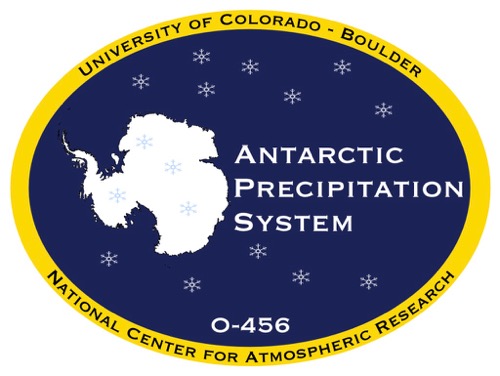 Automatic Precipitation System sticker (O-456) sticker
Automatic Precipitation System sticker (O-456) sticker
It is led by Dr. Mark W. Seefeldt (who is the "Principal investigator" for the project and has a Ph.D. in Atmospheric Science ) and Scott Landolt (Associate Scientist and Co-Principal Investigator) who work out of the Cooperative Institute for Research in Environmental Sciences (CIRES), University of Colorado – Boulder. Also, Thomas Nylen, from UNAVCO (a non-profit university-governed consortium that facilitates geoscience research and education using Geodesy. Geodesy is also known as geodetics, it is the earth science of accurately measuring and understanding three of Earth's fundamental properties: its geometric shape, orientation in space, and gravitational field. How cool is that? So, basically, UNAVCO (Navigation Satellite Timing and Ranging Consortium) provides pooled support and expertise servicing geodetic equipment to National Science Foundation and N.A.S.A. funded projects.
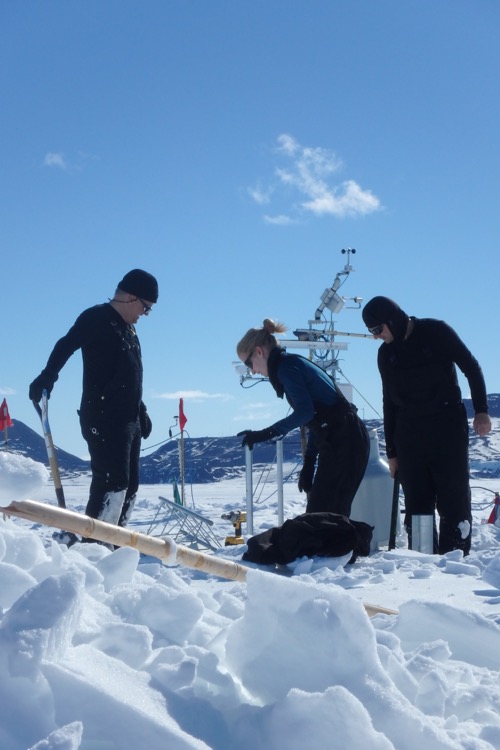 Dr. Mark Seefeldt, Scott Landolt and Elina Valkonen working on APS on Ross Ice Shelf.
Dr. Mark Seefeldt, Scott Landolt and Elina Valkonen working on APS on Ross Ice Shelf.
Why are you digging holes in the snow?
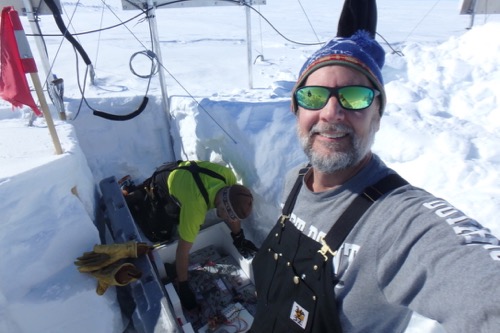 Digging out a battery box for a APS site on the Ross Ice Shelf, Mike Penn and Thomas Nylen working in the hole and with the batteries.
Digging out a battery box for a APS site on the Ross Ice Shelf, Mike Penn and Thomas Nylen working in the hole and with the batteries.
We were installing a prototype device designed to differentiate the difference between blowing snow and new falling snow.
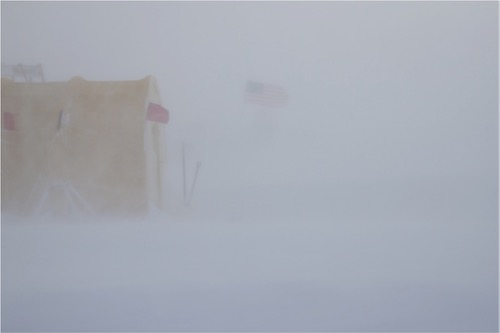 Is this new snow or blowing snow? It is almost impossible to tell. Photo credit Mark Seefeldt
Is this new snow or blowing snow? It is almost impossible to tell. Photo credit Mark Seefeldt
Precipitation is really difficult to accurately measure in Antarctica because of the very small amount of annual precipitation and the difficulty in distinguishing falling snow from blowing snow. We also worked also on the power system and data logger by digging up (about 4 feet down!) three battery boxes containing 22 batteries (each one weighs 70 lbs.) that are used to run their systems and communications.
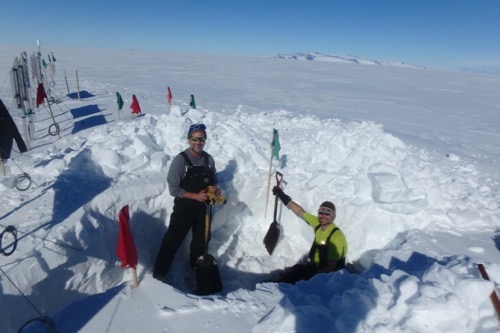 The snow is dense and heavy. When digging it breaks into large chunks. It can be cut with a snow saw into blocks and used to build a shelter. That is me and Thomas Nylen working in the hole.
The snow is dense and heavy. When digging it breaks into large chunks. It can be cut with a snow saw into blocks and used to build a shelter. That is me and Thomas Nylen working in the hole.
The system is powered by those batteries that are charged through solar panels. The batteries are charged in the Astral summer and runs for months from those batteries during the months of darkness during the Austral winter.
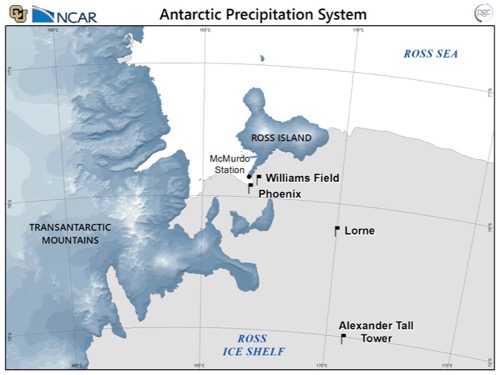 Antarctic Precipitation System map showing locations of APS in the area of the Ross Ice Shelf.
Antarctic Precipitation System map showing locations of APS in the area of the Ross Ice Shelf.
Get to work!
Once we got to the APS system out on the ice, we loaded a sled and dragged all of our tools and gear to the site. We had a full set of standard tools but there were few cool notable items...like the ice drill and two ice axes!
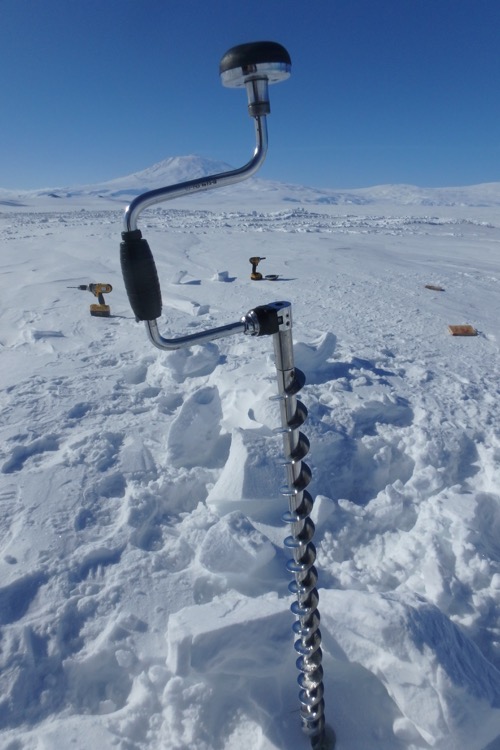 Ice auger used to bore holes into the Antarctic ice. At this site it was used to drill holes for marking poles.
Ice auger used to bore holes into the Antarctic ice. At this site it was used to drill holes for marking poles.

Comments
Add new comment